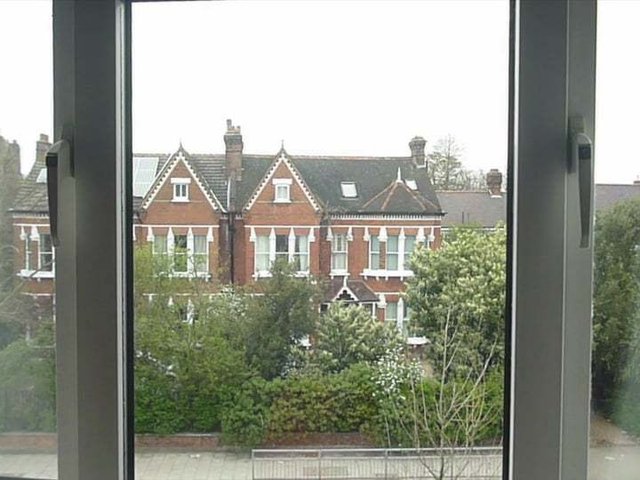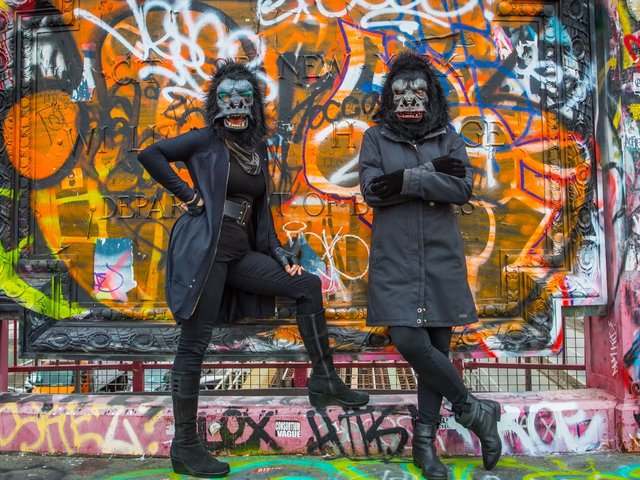A number of early “scratch videos”—edgy 1980s works using found footage appropriated from mainstream media—will go on show during this spring’s Art Sheffield festival (16 April-8 May).
The artistic director of the biennial event, Martin Clark, throws new light on these subversive, rough-cut videos, which heralded contemporary video art practice and the YouTube age. Clark has sel ected rarely seen scratch videos by film-makers such as Nick Cope, George Barber, the Gorilla Tapes collective and the Duvet Brothers.
Clark’s programme for the sixth edition, entitled Up, Down, Top, Bottom, Strange and Charm, is dedicated to film, video and sound works. The title is taken from the six types of quark, the elementary particles that make up every atom. In the same way, Clark explores the fabric, or DNA, of the northern metropolis, with installations on show across the city’s galleries, cultural venues and off-beat urban spaces.
Clark, the director of Bergen Kunsthall in Norway, says: “It’s like a group show that’s exploded across the city. The works all circle around this idea of the material reality of the city, and how communities and cities create and are created by its inhabitants.”
He is drawing on the city’s musical history, encompassing Cabaret Voltaire and The Human League. Clark, who studied at Sheffield Hallam University, will also explore its industrial heritage, especially its steel manufacturing base. “I was thinking about the various histories of Sheffield. I wanted to think about the specificity of the space,” he adds.
The London-based artist Steven Claydon has worked with local steel manufacturers on a new, large-scale video work to be shown in one of Sheffield’s most recognisable landmarks, the Grade II-listed Moore Street electricity substation. Four large-plate reverb panels will amplify the sound of his film piece which “draws on research into materiality and matter at an atomic level”, say the organisers.
Two other new commissions by UK artists Hannah Sawtell and Richard Sides will also be unveiled; Sawtell’s multi-disciplinary work will use CGI and electronic sound to examine whether Sheffield needs a new “people’s currency” modelled on bitcoin. Sides will create a site-specific video and audio installation at a former funeral parlour on Eyre Street.
The Brooklyn-based, French artist Michel Auder will present video works in The Scottish Queen, once an infamous pub, on the Park Hill Estate, which, says Clark, was a no-go area in the 1990s. “It’s incredibly sculptural and atmospheric up there,” he says. Auder was one of the first artists to use a Sony Portapak in the early 1970s, turning his lens on life and personalities at Andy Warhol’s The Factory.
A festival spokeswoman says that the main funders of Art Sheffield are Arts Council England and Sheffield City Council with additional support from various trusts, foundations and private sponsors.




